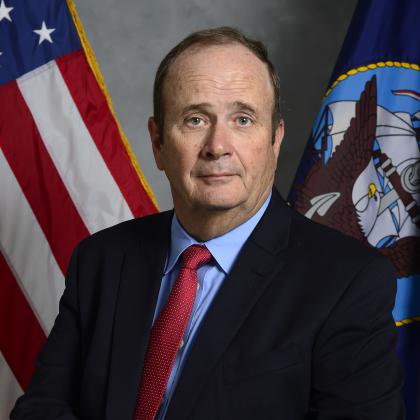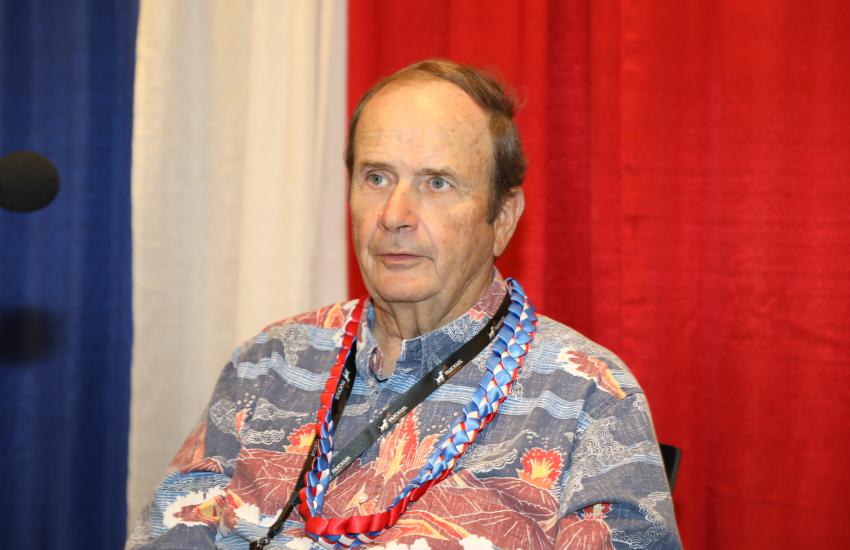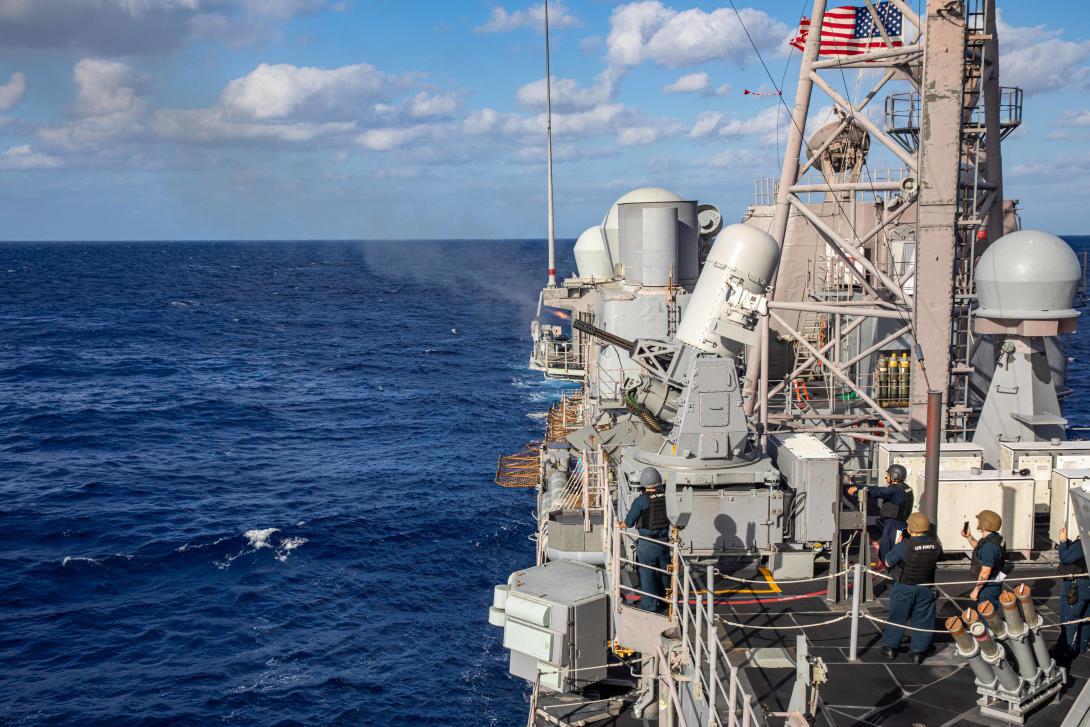Building a Joint Fires Network
The U.S. Indo-Pacific Command is pursuing an initial joint fires network, a platform to connect sensors to shooters, explained Robert Stephenson, director for Communications and Information Systems and chief information officer for the commander, U.S. Pacific Fleet, speaking at the AFCEA TechNet Indo-Pacific conference yesterday, which is being held in Honolulu, November 1-3.
The effort is a move forward in the concept of Joint All-Domain Command and Control, linking sensors across services to weapons, or shooters. “We are trying to take the principles of the Joint All-Domain Command and Control concept that has been put forward by the Joint Staff and actualize it in a way that we can meet our operational needs,” he noted.
As the N6, Stephenson advances strategic command, control, communications, computing and intelligence (C4I) and information technology (IT) initiatives within the Department of the Navy, the U.S. Indo-Pacific Command (INDOPACOM) and the U.S. Pacific Fleet, according to the service. This latest tasking for the joint fires network comes straight from Adm. John Aquilino, the commander of INDOPACOM.
“This all came down from a challenge that Adm. Aquilino made to the service components,” Stephenson explained. “He said, ‘Show me what you can do for joint long-range fires. Bring your best service approach and show me how you can do it.’ It was affectionately referred to by those of us who participated as a ‘cage match.’ But seriously, it was his focus and his clear statement of requirements that really helped us to go forward. We stood back and took an objective view of all the services, and each one of the services is contributing a piece.”
The command is harnessing naval capabilities to process information from the intelligence community and rapidly turn it around in a specific format, Marine Corps sensors, as well as Air Force architecture, secure vector routing and assistance in building a data lake.
“It is going to get built in a hurry,” the N6 said. “Adm. Aquillino said, ‘I’d like you to do this. And I'd like you to do this by March,’ which is when we have our next exercise. So we're working hard to do that.”
The command will experiment with the initial joint fires network after it is built, and by next summer “we’ll be ready to have an operational network,” Stephenson stated.

It is going to get built in a hurry. Adm. Aquillino said, ‘I’d like you to do this. And I'd like you to do this by March,’ which is when we have our next exercise. So we're working hard to do that.

To be able to compete against near-peer adversaries in the region, INDOPACOM has been calling for long-range precision fires capabilities. Commander Adm. Aquilino’s predecessor, Adm. Phil Davidson, told Senate leaders in March 2021 that INDOPACOM requires “highly survivable, precision-strike fires featuring increased quantities of ground-based missiles and improved air and long-range naval fires capable of ranges over 500 km.”
The joint fires network is a move to support those kinds of capabilities, at the ever-important joint warfighting level.
“This is not a single service conflict,” Stephenson noted. “This is not a single country conflict. This is going to be done by groups of nations with their militaries to help enforce the rules of law and order in the western Pacific. It's as simple as that. Innovation doesn't happen without collaboration.”
Since INDOPACOM is an operational staff, it does have several academic partners to turn to in the effort, including the University Affiliated Research Centers at the Massachusetts Institute of Technology Lincoln Labs, Johns Hopkins Applied Physics Laboratory and Georgia Tech Research Institute, Stephenson said.




Comments